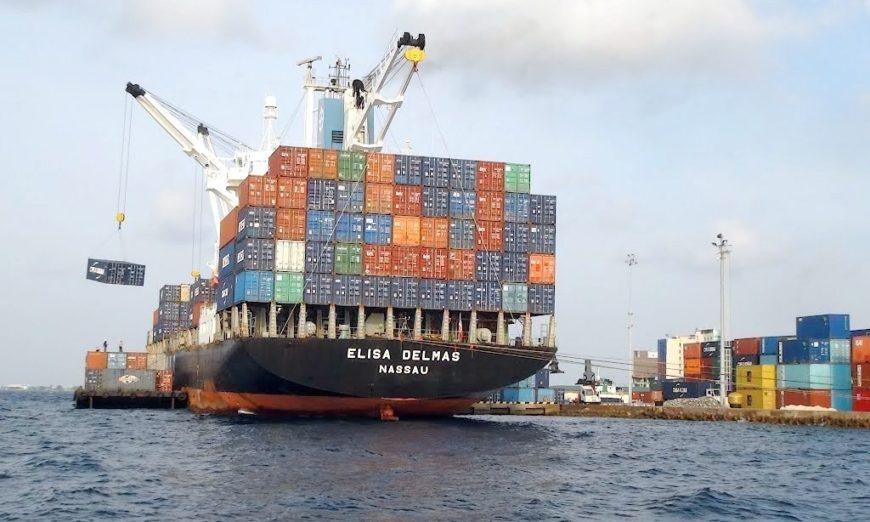The economy of the Maldives has made remarkable advancements through principle activities like tourism, fishing, and shipping. Apart from these sectors, considerable efforts and changes are also made in the field of health and education. At present, it is a recognized middle-income country with $12,530 GDP per capita.
The primary industries contributing to the economy of the Maldives are fish processing, shipping, tourism, coconut processing, handicrafts, rope, woven mats, coral, and sand mining. The significant exports goods are petroleum gas and fish. It is an active member of Trade organizations SAFTA and WTO.
The Maldives has 1,190 islands, among which only 198 are occupied with a population of around 4.4 million people. Despite facing challenges in different fields like health, education, infrastructure, climate changes, disasters, and connectivity, the nation has put all the efforts in bringing impressive increments in GDP and develop the critical fields of the economy regardless of the dispersed demography.
The natural resources have played a vital role in shaping the economy of the Maldives. However, environmental sustainability and vulnerability to climatic changes are the significant challenges faced on the way to economic development.
The country’s population is scattered among 198 islands, which makes it challenging to introduce adaptation and allegations of ideas taking natural disasters. The country is endangered to sea-level rise, increment in sea surface temperature, ocean acidification, droughts, and storms. These factors have also affected the tourism industry of the Maldives, which account for 28% of the total GDP.
Major Economic Sectors of Maldives
Tourism: The Maldives has highly encouraged the tourism industry since 2007 and profoundly been recognized as one of the famous tourist spots in Asia. The embellishing islands, clear oceans, mesmerizing reefs attract thousands of tourists every year to this tropical country. It has contributed 28% of GDP to the country with a revenue of around $325 per year. It has witnessed many accomplishments in tourism, becoming an ideal tourist hub for enjoying beaches and adventurous water sports.
Fishing: Fishing is another industry playing a crucial role in the economy of the Maldives. It has given 3% of the GDP and the primary source for the employment undertaking 20% of the labor force. The country exports 50% of the fish to countries like Sri Lanka, Germany, the UK, Thailand, Singapore, and Japan.
Industry: The industry sector accounts for 7% of the GDP to the country. It consists of both traditional and modern areas of the Maldives like boat building, handicrafts, tuna canneries, bottling plants, PVC pipes, soap, furniture, and others.
Shipping: The port of Male is highly considered for shipping. Asian Development Bank has helped the country to upgrade the resources and efficiency of the port.
The challenges faced by the Maldives while indulgent of the robust economy, are climatic challenges, distributed population, poverty, education, and gender inequality. Continuous growth is seen in these fields, and the country has found success in creating a difference. The GDP growth of Maldives is to expected be 6.3 % by 2020 as per the stats provided by the Asian Development Bank.
The Maldives has brought up solutions to emphasize the national problems and recognized to have a bright future in upcoming years.

